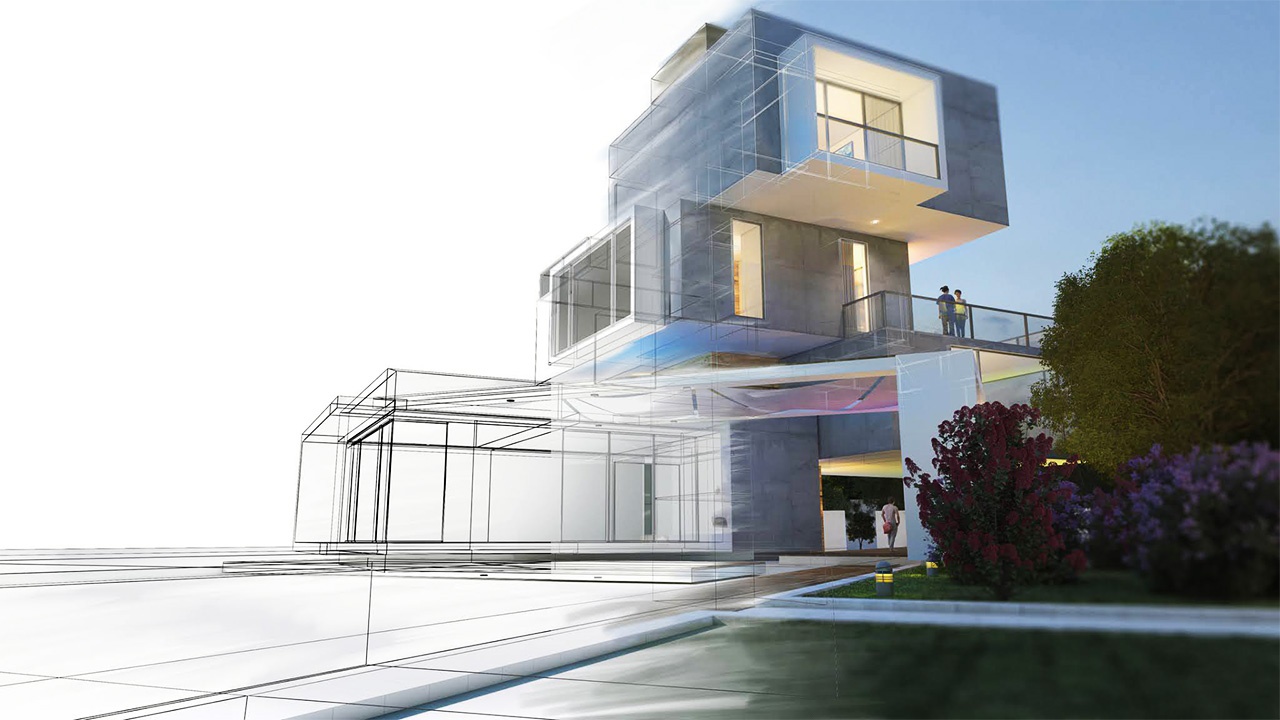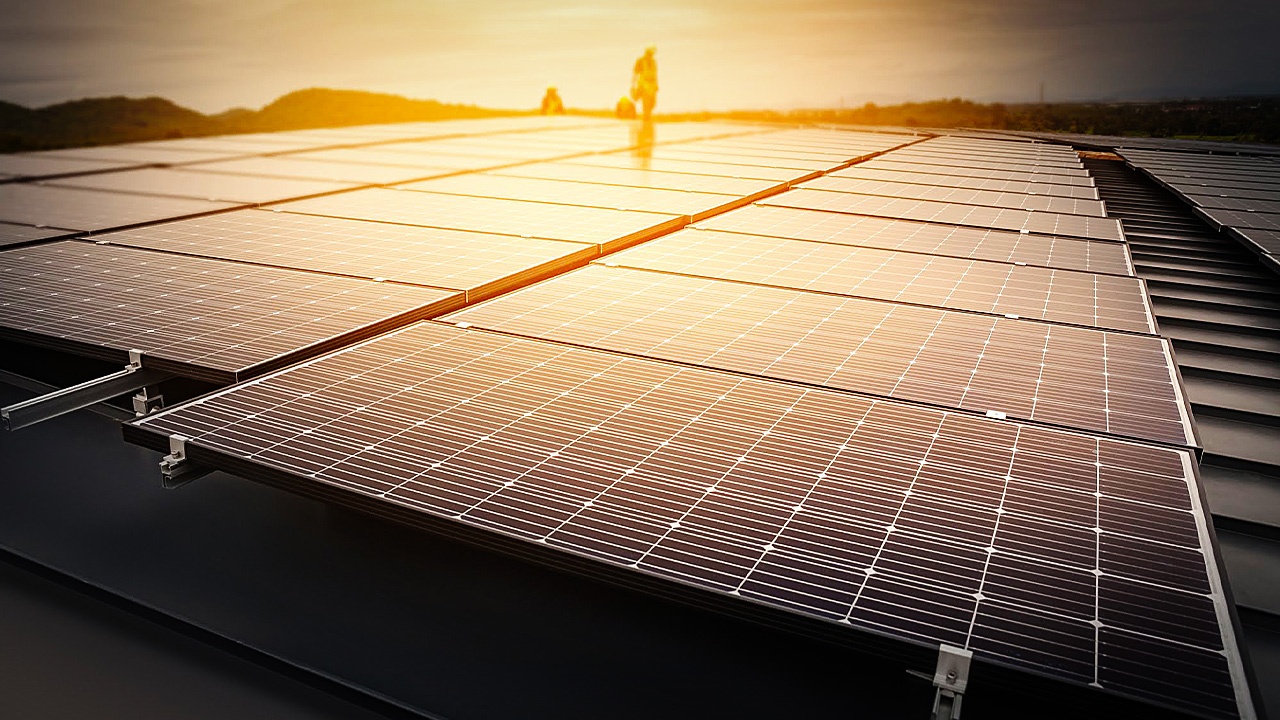If you’re interested in the possibilities of BIM technology, it’s important to understand some of the current initiatives in the industry that focus on building a more sustainable future. “Net-zero” is the new buzzword. Net-zero design and construction is a method that aims to achieve an energy-efficient building that can generate energy from renewable sources.
This is where BIM comes in. BIM Technicians work with designers and project managers to produce technical drawings that construction workers can build from. They are responsible for supporting the building lifecycle from its concept and design to its construction and maintenance. For that reason, BIM can transform the culture of construction by introducing technology that puts sustainable values at the forefront.
Read on to learn more about the role of BIM in net-zero designs.
What Is Net-Zero Design?
A Net-zero energy building refers to one which produces as much energy as its total usage on a yearly basis. Net-zero energy buildings are commonly associated with commercial properties, but the concept can also be applied to residential homes and even small communities.
Students in building information modeling courses will understand that net-zero design represents a significant break from conventional construction practice. For example, net-zero energy buildings are designed to optimize the use of passive solar heat gain and shading to control changes in temperature throughout the day. Energy-efficient measures of these designs may include specialized heating and cooling equipment, appliances, insulation, natural ventilation, and geothermal energy systems.

Net-zero designs incorporate energy-efficient measures such as thermal insulation
The Environmental Benefits
With growing concerns about the human impact on climate change, buildings are understood to be one of the primary energy consumers. The construction industry is forced to rethink its methods and find new ways to reduce building energy use. For those in building information modeling college, the goal of the future is to produce buildings with net-zero energy consumption—where the energy demands of the building can be satisfied by the amount of renewable energy created on-site.
Among energy consumption, other environmental concerns of the building industry are high rates of carbon emissions and the amount of waste produced in the construction process. By incorporating sustainable strategies into the design, construction, and maintenance of new buildings, we can reduce our dependence on fossil fuels and promote energy-efficient practices.
How BIM Training Can Be Applied To Net-Zero Construction
The most effective steps towards achieving efficient energy use occur in the design stage of a building. Pre-construction is one of the biggest culprits in contributing to construction waste and low operating efficiencies. Late-stage design changes and poor planning result in significant rework and material waste.
Here, the introduction of new technologies can help to improve the efficiency of the design process. Those in BIM training will learn how to use BIM software to produce 3D models from sketches in order to assist project teams. Nowadays, tools can be used to model buildings with different design variables. This technology can help designers predict how a building will perform before it’s built, thereby reducing construction waste and allowing them to conduct a cost-benefit analysis. By using digital methods, designers can align their projects with sustainable objectives throughout the construction process.
The future is bright.
Join the Community, Design a Brighter Future.
Meet with admissions.



